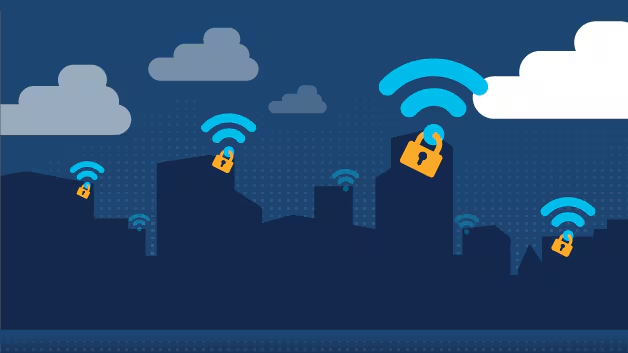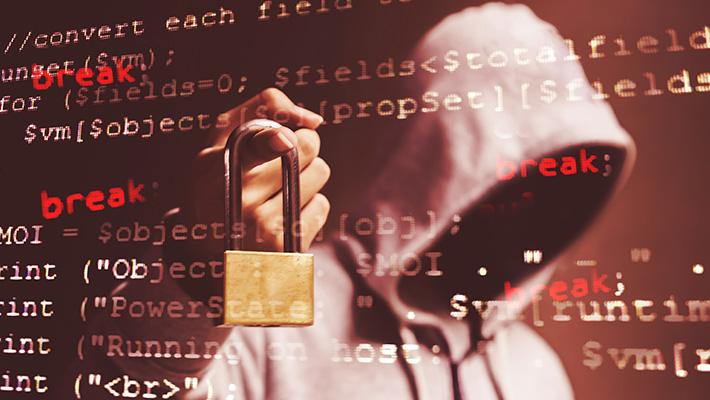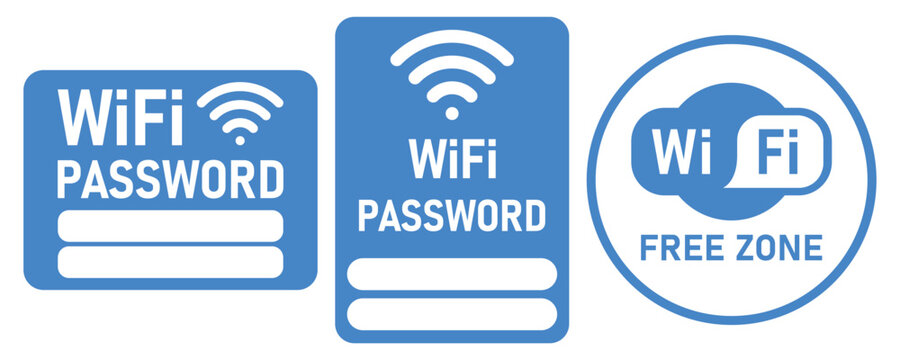
🏠 Hackers Love Your Wi-Fi
Let me ask you something: when was the last time you checked your home Wi-Fi settings?
If your answer is “uhh… never?” you’re not alone. In my time working as a cybersecurity consultant, I’ve seen people with state-of-the-art smart homes but totally insecure routers—default passwords, outdated firmware, you name it. The truth is, most home networks are way more vulnerable than people realize.
And hackers know it.
So, if you’re someone who works remotely, shops online, or has a few smart devices (like that voice assistant or smart TV), it’s time to lock down your Wi-Fi. The good news? You don’t need to be an IT pro to do it.
Here are 5 easy steps you can take today to seriously boost your Wi-Fi security.

🔐 Step 1: Change Your Default Router Name and Admin Password
Why This Is Crucial
Every router comes with a default name and login credentials—and most of them are public knowledge. A quick Google search for your router’s model can reveal the admin login in seconds.
Hackers use this to get into your router’s settings and make changes, monitor your activity, or worse, install malware that tracks everything you do online.
How to Fix It
Open your browser and type in your router’s IP address (commonly
192.168.1.1or192.168.0.1).Log in using your current admin username and password (check your router label if you’ve never changed them).
Change the SSID (network name) to something custom, but not personally revealing.
Update the admin username and password to something strong and unique.
💡 Pro Tip: Don’t use your last name or address in your Wi-Fi name. It gives away too much info to potential attackers.

🔐 Step 2: Use WPA3 (or at Least WPA2) Encryption
Why Encryption Matters
Wireless encryption protects the information that travels between your devices and your router. Without it, anyone within range could intercept your data—including passwords, banking info, and personal files.
WPA3 is the latest and most secure encryption standard, but many older routers still use WPA2. Just make sure you’re notusing WEP (it’s basically useless).
How to Check and Change It
Log into your router settings again.
Look for “Wireless Settings” or “Security.”
Set your security protocol to WPA3-Personal. If that’s not available, choose WPA2-Personal (AES).
💬 From the field: I once audited a home network for a lawyer client whose router was still using WEP—installed over a decade ago. He had no idea how easily someone could break in. A 3-minute update made a world of difference.

🔒 Step 3: Disable WPS and Remote Management
Why These Features Can Be Dangerous
WPS (Wi-Fi Protected Setup) is a feature that lets you connect devices with the press of a button instead of typing a password. Sounds convenient, right? But it’s also a known vulnerability that can be exploited with brute-force attacks.
Remote Management allows you to access your router settings from anywhere—but it also opens the door to outside attackers if not properly secured.
How to Disable Them
Navigate to the Advanced Settings tab in your router dashboard.
Turn off WPS.
Disable any option labeled Remote Management, Remote Access, or Web Access from WAN.
✋ Real talk: Unless you specifically need remote access (and know how to secure it), turn it off. You’ll sleep better at night.

🔑 Step 4: Use a Strong, Unique Wi-Fi Password
Why a Good Password Is Non-Negotiable
Your Wi-Fi password is your first real line of defense. If it’s something like john1234 or password!, you’re basically inviting hackers and nosy neighbors to join your network.
A weak password can be cracked using basic software in just minutes.
What Makes a Password Strong
At least 12–16 characters
A mix of uppercase/lowercase, numbers, and symbols
No personal info (birthdays, names, addresses)
Example: W1fiL0ckDown!2025
🌟 I’ve helped people create memorable, secure passwords using phrases like: “GiraffesRun@Dawn7”—random, fun, and hard to guess.
🔄 Step 5: Keep Your Router’s Firmware Updated
Why It’s Easy to Overlook—and Dangerous
Firmware is your router’s internal software. Manufacturers occasionally release updates to patch security flaws, but if you’re not updating it, you’re leaving the door open to known vulnerabilities.
Many people don’t realize routers don’t always auto-update—you often have to do it manually.
How to Update Your Firmware
Find your router model number on the device.
Visit the manufacturer’s website and download the latest firmware.
Log into your router settings and find the Firmware Update or System Update option.
Upload the file or check for updates automatically.
🔧 Some newer routers have an option for auto-updates—definitely turn that on if it’s available.

✅ Final Thoughts
Your Wi-Fi is the gateway to everything you do online—from streaming and banking to remote work and online shopping. If it’s not secure, you’re exposed.
The good news? You don’t need to be a tech wizard to protect it.
To recap:
Change your default router name and password
Use WPA3 or WPA2 encryption
Disable WPS and remote management
Use a strong, unique Wi-Fi password
Keep your firmware updated
Each of these takes just a few minutes but can drastically reduce your risk of being hacked.
So, take 15 minutes today, knock these out, and enjoy your Wi-Fi with confidence.

